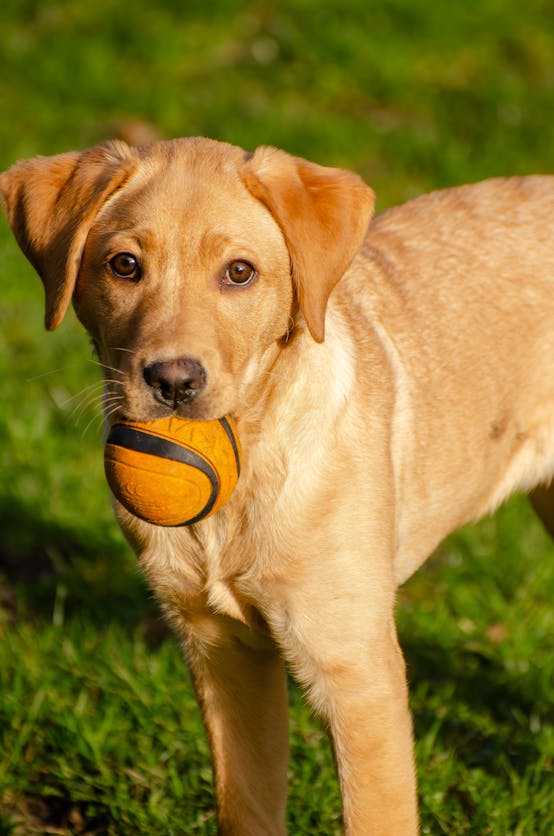Distinctive Behaviours Observed in British Cats
British cats often display unusual British cat habits that set them apart from felines elsewhere. One such quirky feline behavior is their choice of peculiar sleeping positions and locations. UK domestic cats are known to curl up tightly on soft fabrics or find obscure cozy spots like bookshelves or laundry baskets, reflecting both their adaptability and preference for warmth in the often chilly British climate.
Another interesting trait involves their preference for certain British foods. While cats are obligate carnivores, some UK domestic cats develop a surprising fondness for small amounts of marmite or even show curiosity about the aroma of tea. This is not a universal feline trait but is more commonly observed among British cats, hinting at their close relationship with typical British households and their unique diet influences.
Also to read : How can UK cat owners choose the right diet for their feline companions?
The reaction of British cats to UK weather and seasons is also noteworthy. These cats tend to be more reserved and less active during the long, wet, and often gloomy winters characteristic of the region. They seek warmth and seclusion under blankets or near heating sources. In contrast, during the brief British summers, their activity levels rise sharply, demonstrating clear seasonal behavior adaptations. This sensitivity to weather changes underscores the distinctive behaviors seen in UK domestic cats, making them both fascinating and endearing companions.
Unique Social Interactions and Communication Styles
British cats exhibit distinctive social habits that often reflect the cultural nuances of the UK. A common behaviour observed among British cats is frequent chattering at birds or wildlife. This unique vocalisation can be understood as a form of instinctive communication, where cats express excitement or frustration while observing prey. The chattering sound is often coupled with focused, alert body language, signalling their hunting intent even in a domestic setting.
Also to discover : Why Do Cats Have Unique Communication Styles Compared to Other Animals?
In addition to this, many British cats demonstrate a more reserved affection, mirroring the typically understated mannerisms associated with British culture. They may prefer subtle gestures, such as gentle head rubs or sitting quietly near their owners, rather than overt displays of attention. This calm and composed form of interaction underscores the special bond they share with their human companions.
When it comes to vocalisation patterns, there are noteworthy variations linked to the cat’s local environment within the UK. For instance, cats living in rural areas might exhibit different meowing frequencies compared to urban British cats, influenced by differences in stimuli and surrounding wildlife. Anecdotes from UK cat owners often highlight these subtle yet meaningful differences, underscoring how environment shapes feline communication.
Understanding these British cat social habits offers valuable insight into interpreting their behaviours and fostering a harmonious relationship. Recognising the significance of their chattering, reserved affection, and vocal patterns empowers owners to better respond to their cats’ needs, creating a more enriching companionship.
Breed-Specific Quirks Among British Felines
Small but intriguing traits that distinguish the UK’s beloved cat breeds
Among the myriad UK cat breeds, British Shorthairs are well-known for their calm and dignified demeanor. This breed exhibits a steady temperament, making them excellent companions for households seeking a low-maintenance yet affectionate feline. Their laid-back nature contrasts markedly with the more energetic Scottish Fold, whose playful routines enliven any home. Scottish Folds tend to engage in interactive play longer, showing curiosity and agility that make them endearing to active owners.
When examining British Shorthair behaviors, one notices their preference for routine and predictability. They often choose a favorite spot for lounging and enjoy consistent interaction patterns with their humans. In contrast, Scottish Folds display traits that encourage playfulness throughout their lives, such as frequent chasing of toys and engaging with moving objects, reflecting their lively personality.
Understanding the difference between pedigree and moggie cats in the UK reveals further breed-specific cat traits. Pedigree cats, like the British Shorthair and Scottish Fold, tend to maintain consistent behavioral patterns shaped through selective breeding. Moggies, being mixed-breed cats, show greater variability in temperament and behaviors. This diversity can make moggies wonderfully unique, but may require a bit more patience in learning their individual quirks.
Altogether, these breed-specific traits among British felines highlight the variety in personality and behavior within UK cat breeds, assisting potential owners in making informed choices aligned with their lifestyles.
Influence of British Homes and Landscapes
British cats show remarkable adaptation to terraced houses, cottages, and garden spaces, reflecting the country’s diverse living environments. In urban areas, cats typically navigate confined gardens and busy streets, developing cautious behaviors to avoid traffic and human crowds. By contrast, rural cats in the UK often enjoy larger outdoor spaces, resembling traditional cottages surrounded by extensive gardens or farmland. This spatial difference significantly shapes their daily activities and social interactions.
Hunting habits vary noticeably between urban and rural UK cats. In countryside settings, cats take advantage of a richer variety of prey, such as mice, voles, and birds native to British farmlands and woodlands. Meanwhile, city-dwelling cats often hunt smaller, more abundant urban wildlife like pigeons or urban rodents, adapting their strategies accordingly. This division highlights how the contrast between urban vs rural cat behavior UK influences not just what they hunt but also their independence and territorial range.
Regional differences in cat habits across Britain stem partly from the response to local fauna unique to Britain. For instance, cats living near coastal areas or in regions with distinct wildlife may encounter species that affect their behavior differently than those in inland or metropolitan zones. Understanding these behavioral adaptations helps explain why British cats are versatile and suited to various environments, from dense cities to open countryside.
Cultural and Historical Factors Influencing Feline Habits
The historical influences on cat behavior in the UK are deeply rooted in centuries of British tradition and folklore. British cats have long been associated with various roles, from pest controllers in rural households to symbols of luck or misfortune. These historical roles shaped not just perceptions of cats but also some of their behaviors, as humans influenced their environments and interactions based on these beliefs.
British cat superstitions, such as the belief that a black cat crossing one’s path might bring good or bad luck depending on the region, continue to affect how cats are treated and viewed. For example, some owners may encourage certain behaviors they consider auspicious, or conversely, discourage traits seen as ominous. These superstitions are not mere relics; they persist in British feline folklore and subtly influence daily care and the expectations owners have of their cats.
Moreover, the portrayal of British cats in media and pop culture reflects and reinforces these cultural beliefs. Classic British stories and modern shows often depict cats with distinctive personalities linked to these superstitions, shaping public attitudes. This continuous feedback loop affects how British cats behave, as owners respond to their cats in ways shaped by these cultural narratives, reinforcing traditional feline habits.


